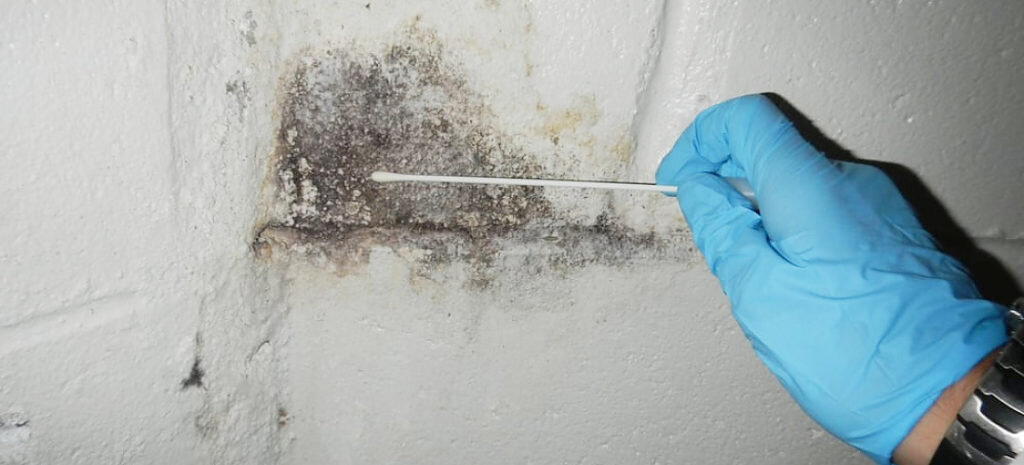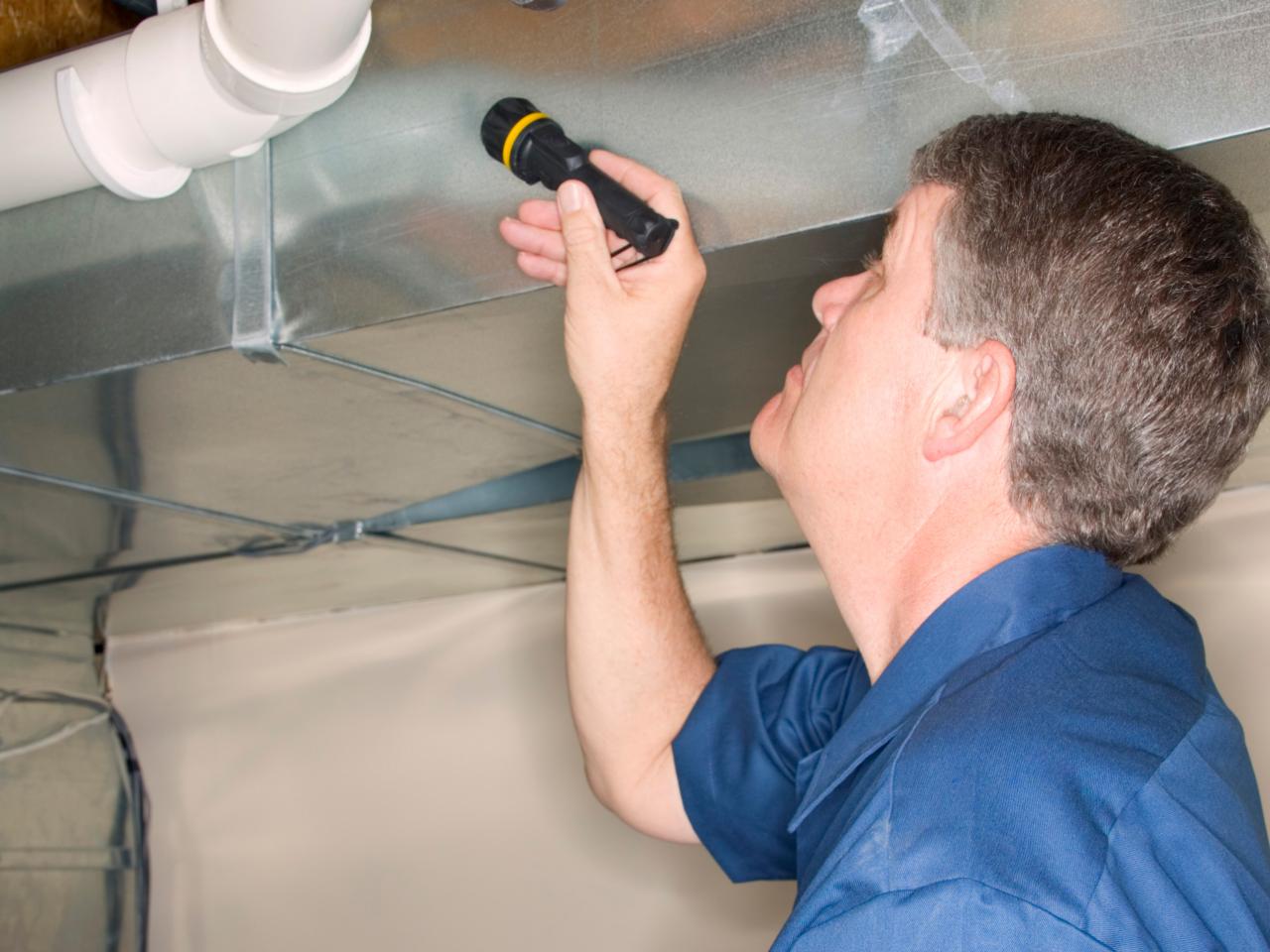Crafting a Comprehensive Post Mold Remediation Report
Crafting a Comprehensive Post Mold Remediation Report
Blog Article
Your Ultimate Guide to Blog Post Mold And Mildew Remediation Methods
Browsing the realm of post-mold remediation methods is a thorough process that demands interest to information and an extensive understanding of the ins and outs entailed. In the aftermath of mold problem, understanding just how to effectively remove the mold and stop its reoccurrence is vital for keeping a healthy and balanced interior setting. From picking the ideal cleansing and decontaminating approaches to applying approaches for long-lasting mold prevention, each action in the removal journey plays a critical role in guaranteeing a successful end result. As we embark on this expedition of post-mold removal strategies, we will discover the essential techniques and best techniques that can aid you recover your area to its pre-mold condition and protect it against future mold and mildew threats.
Understanding Post-Mold Removal Process
After completing the mold and mildew remediation process, it is critical to comprehend the post-mold remediation strategies that are needed to guarantee a comprehensive and reliable cleanup. As soon as the mold and mildew has been eliminated, the following step involves cleansing and decontaminating the affected locations to stop any regrowth of mold and mildew.
Moreover, conducting a final evaluation post-remediation is important to make sure that all mold has been efficiently eliminated. This examination must include a detailed aesthetic check along with perhaps air tasting to validate the lack of mold spores airborne. Additional remediation might be necessary if the examination exposes any type of lingering mold and mildew. Enlightening residents on preventative actions such as controlling wetness levels and promptly resolving any water leakages can aid maintain a mold-free environment.
Efficient Cleaning Up and Disinfecting Methods

Preventing Future Mold And Mildew Growth

Relevance of Appropriate Air Flow
Appropriate ventilation plays a critical function in protecting against moisture accumulation, an essential factor in mold growth within interior settings. Efficient ventilation systems help get rid of excess humidity from the air, reducing the chances of mold and mildew spores locating the moisture they need to spread out and germinate. Without appropriate air flow, indoor rooms can come to be a breeding place for mold, leading to potential wellness dangers and structural damages.
By making sure appropriate air blood circulation, ventilation systems can additionally aid in drying wet areas quicker after water damage or flooding events, better hindering mold growth. Post Mold Remediation Report. In areas like washrooms, kitchens, cellars, and attics where moisture degrees often tend to be higher, mounting and preserving effective air flow systems is vital in protecting against mold and mildew problems

Monitoring and Maintenance Tips
Offered the vital function that correct ventilation plays in avoiding mold and mildew development, it is imperative to establish effective surveillance and upkeep ideas to guarantee the continued capability of air flow systems. Surveillance moisture levels within the residential property is additionally essential, as high moisture can add to mold development. By remaining aggressive and conscientious to the have a peek at this site condition of air flow systems, residential property proprietors can properly reduce the danger of mold regrowth and keep a healthy indoor atmosphere.
Conclusion
To conclude, post-mold remediation strategies are crucial for making sure a clean and risk-free setting. Understanding the procedure, executing effective cleansing and sanitizing approaches, protecting against future mold and mildew growth, keeping correct ventilation, and routine tracking are all essential steps in the removal process. By complying with these guidelines, you can successfully get rid of mold and mildew and avoid its return, advertising a healthy living or working area for all occupants.
In the after-effects of mold and mildew infestation, recognizing exactly how to effectively eliminate the mold and mildew and prevent its reoccurrence is vital for maintaining a healthy and balanced interior environment. As soon as the mold has been removed, the next action involves cleansing and disinfecting the affected areas to prevent any regrowth of mold and mildew - Post Mold remediation cleaning. After removing visible here mold growth, it is crucial to clean all surfaces in the affected area to get rid of any kind of continuing to be mold spores. To better boost mold avoidance steps, it is crucial to address underlying issues that at first led to mold development.Given the crucial role that correct air flow plays in avoiding mold development, it is vital to develop efficient monitoring and upkeep suggestions to guarantee the continued capability of ventilation systems
Report this page